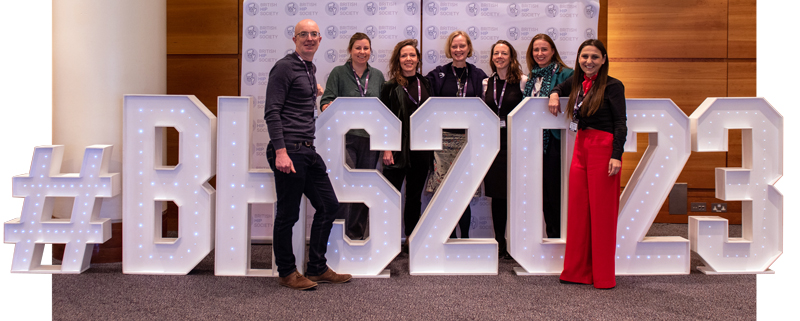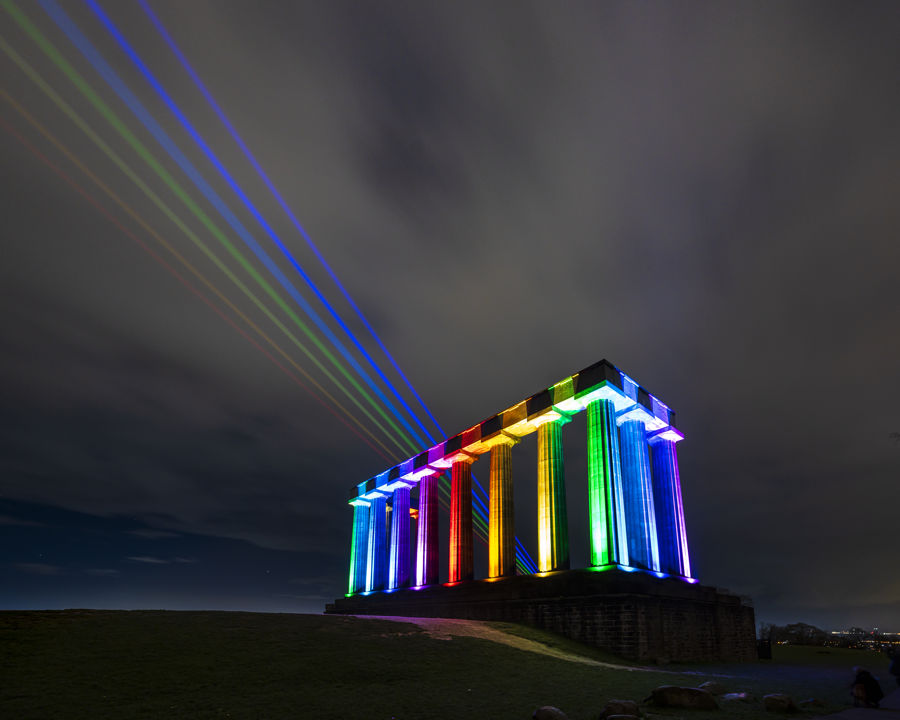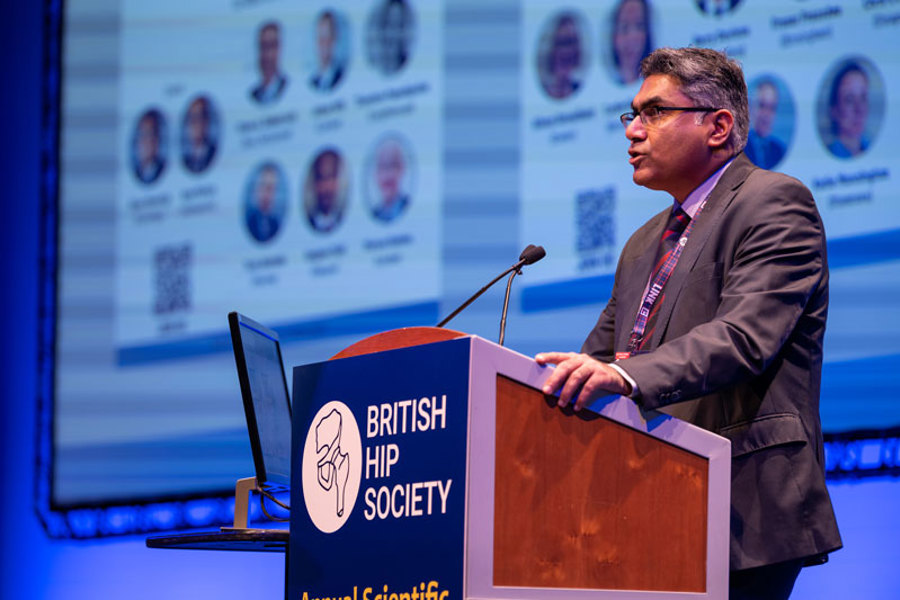
Over three particularly chilly days in March, the British Hip Society’s Annual Scientific Meeting received a very warm welcome in Edinburgh. Professional conference organiser Jai Mistry, Director of MiCE Organiser Ltd - who has organised the BHS annual meetings for 12 consecutive years - talks us through how he worked with our in-house team to make the first EICC event such a resounding success
THE BHS ANNUAL SCIENTIFIC MEETING brings together hip specialty surgeons, at all career stages, from trainees to senior consultants. For this year’s event, the society set out to create the most comprehensive, diverse, and innovative programme yet, encompassing debates, case-based discussions, surgical techniques, an instructional course, industry symposia, fun run, awards ceremony, networking evening and educational sessions with local school pupils.
"Once we’d decided on Edinburgh, choosing the EICC was a no-brainer! It’s quite rare to find the kind of purpose-built conference centre we required right in the heart of the city"
It had been 17 years since the BHS had been to Scotland. The BHS Executive committee, led by then President Vikas Khanduja (pictured, top) and event organiser Jai Mistry agreed that the Scottish capital would be the perfect host city. “Edinburgh is a well-established events destination and easily accessible for people coming from all over the country and beyond,” says Jai, but its appeal goes far beyond the practical.
“Even in winter, the charm of the city shines through with the old town and the historic buildings sitting alongside so many modern, trendy things to see and do. Once we’d decided on Edinburgh, choosing the EICC was a no-brainer! It’s quite rare to find the kind of purpose-built conference centre we required right in the heart of the city, and it’s great to have everything on the doorstep within walking distance for the delegates.”
The biggest organisational challenge Jai faced was the weather, however, it wasn’t the Scottish weather that proved to be the issue. “The UK found itself in the middle of a snowstorm but fortunately, Edinburgh was somehow not touched,” says Jai. “It did prevent a small percentage of delegates from travelling, but because we were live streaming, they simply logged on and watched it online.”
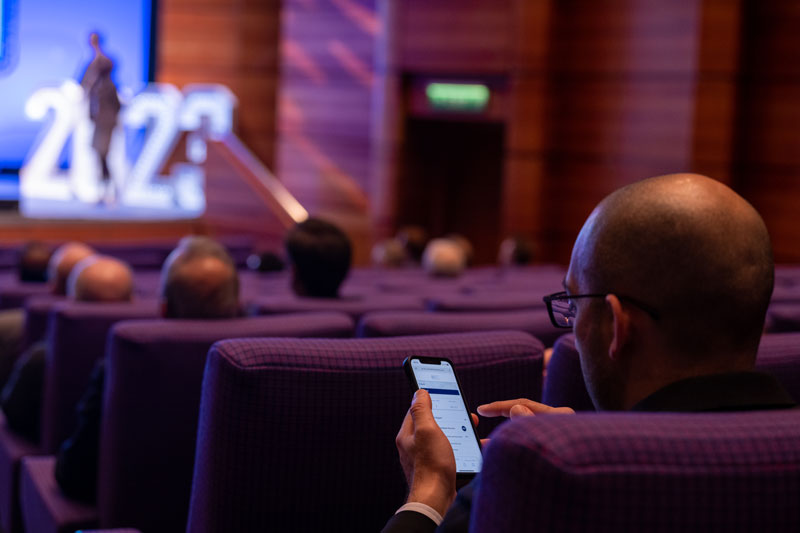
Digital first
“It’s the first time we’ve ever had a live stream,” Jai adds. “Last year, we recorded everything and made it available on demand, but this year, we took that to the next level with an app for use by all attendees, virtual or in-person.”
The event app helped to aid communication with delegates and minimise things like printed signage and leaflets. As well as accessing programme information and bios of all the speakers, users could submit questions via the app, and partake in polls and votes during the sessions.
“We appreciate not everyone can be there … it's a win-win to make it accessible for people who can't attend.”
“In terms of the audience, we had 620 attending in person and 85 live-streaming via the app,” says Jai. “You're never going to replace the social value of face-to-face interaction, but, at the same time, we appreciate not everyone can be there, whether they've got family commitments, are ill, or maybe, due to budget considerations, can't afford to pay for the additional costs like travel and accommodation. It's always going to be a win-win to make it accessible for people who can't attend.”
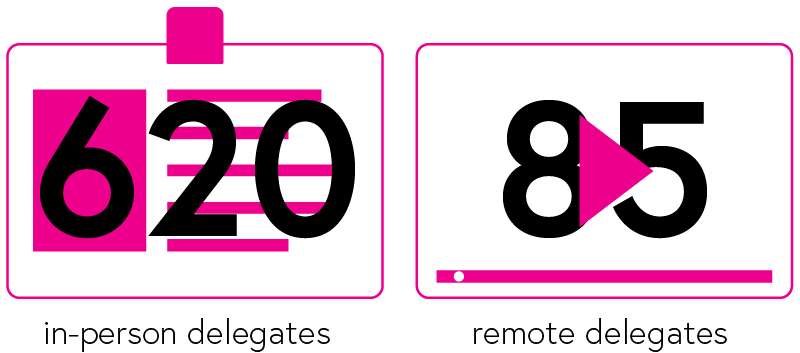
Another stand-out feature of the conference was the set-up in the Lennox Suite where the exhibition was located. Running within the exhibition space was a central stage which was used for lunchtime scientific paper presentations as well as an awards ceremony during the Networking Reception, followed by Scottish cultural entertainment from Whisky Kiss.
Throughout the conference, quick fire presentations were run from this central stage - which proved to be an effective way of integrating conference content alongside the exhibition.
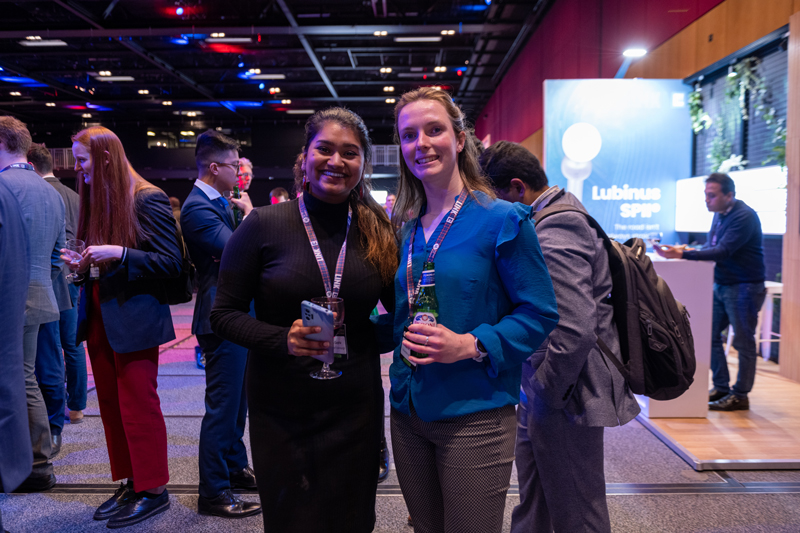
An event for everyone
Indeed, accessibility and inclusivity were priorities for the event from the start. Recognising that family commitments can be a logistical hurdle, a dedicated family room was provided by the EICC, with catering and changing facilities nearby.
“It meant any new parents could attend with their children and partners without having to worry about childcare, or spending half their time alone in a hotel room,” says Jai. “It was all part of our efforts to welcome everyone and make it a more accessible event.
“There was a time when you would have struggled to see even one female surgeon in the actual scientific program. Now, diversity and inclusion are huge priorities for the society and we had speakers and delegates from all backgrounds and all generations,” he adds.
Reaching the next generation

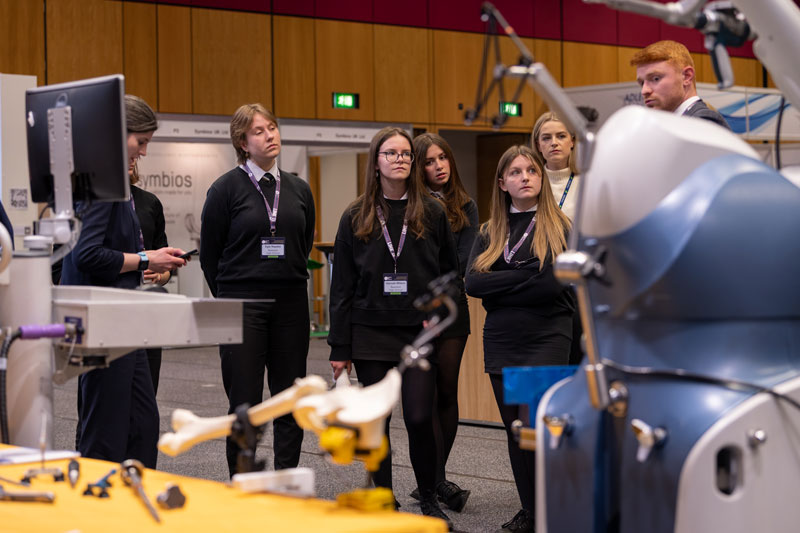
Not only did the society wish to engage as many delegates from as many different backgrounds as possible, they also wanted to reach out to local schools to engage the younger generation.
“The pupils seemed to get a lot out of it … especially when they visited the exhibition hall where we had industry partners exhibiting all sorts of exciting things from new types of hip replacement joints to power tools and robotics.”
“The BHS has a Culture & Diversity committee who are very hot on mentorship and encouraging more young surgeons to choose hip surgery,” explains Jai. “It was their idea to get schools involved and I think it sets a great example for other events to reach out to students at that crucial age.”
With the help of the EICC, the BHS arranged to have around 30 pupils from four high schools in Edinburgh attending a special session. “We gave them the opportunity to talk with medical students and senior surgeons, as well as offering fun, hands-on workshops,” says Jai. “The pupils seemed to get a lot out of it and it genuinely sparked some interest, especially when they visited the exhibition hall where we had industry partners exhibiting all sorts of exciting things from new types of hip replacement joints to power tools and robotics.”
Maximising networking opportunitues
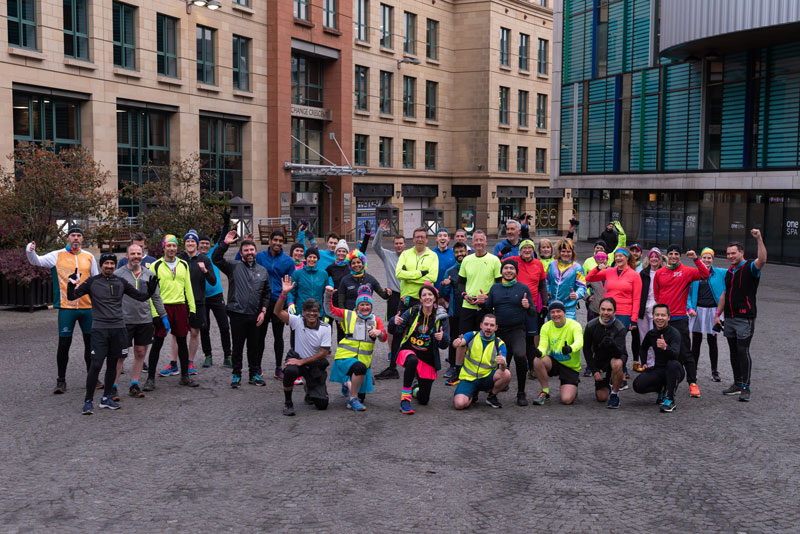
“We’ve been hearing all the words we wanted to hear,’ says Jai, “‘Engaging’, ‘diverse’, ‘social’; many who attended have even said it was “the best ever BHS meeting”
Another initiative suggested by the Culture & Diversity Committee was a charity fun run. “We had around 60 to 80 people gathering early in the morning to take part in a 5K around the city before the day’s scientific programme started,” remembers Jai. “It was another great networking opportunity where young trainees got to mix with senior surgeons in a more relaxed setting.”
The social side of things was also enhanced with frequent coffee breaks, relaxed lunches and a special evening event with entertainment. The flexible layout of the EICC was very important when it came to planning these, as a good flow between the spaces is essential. It’s all part of a collaborative effort to ensure the delegates’ experience is a positive one.
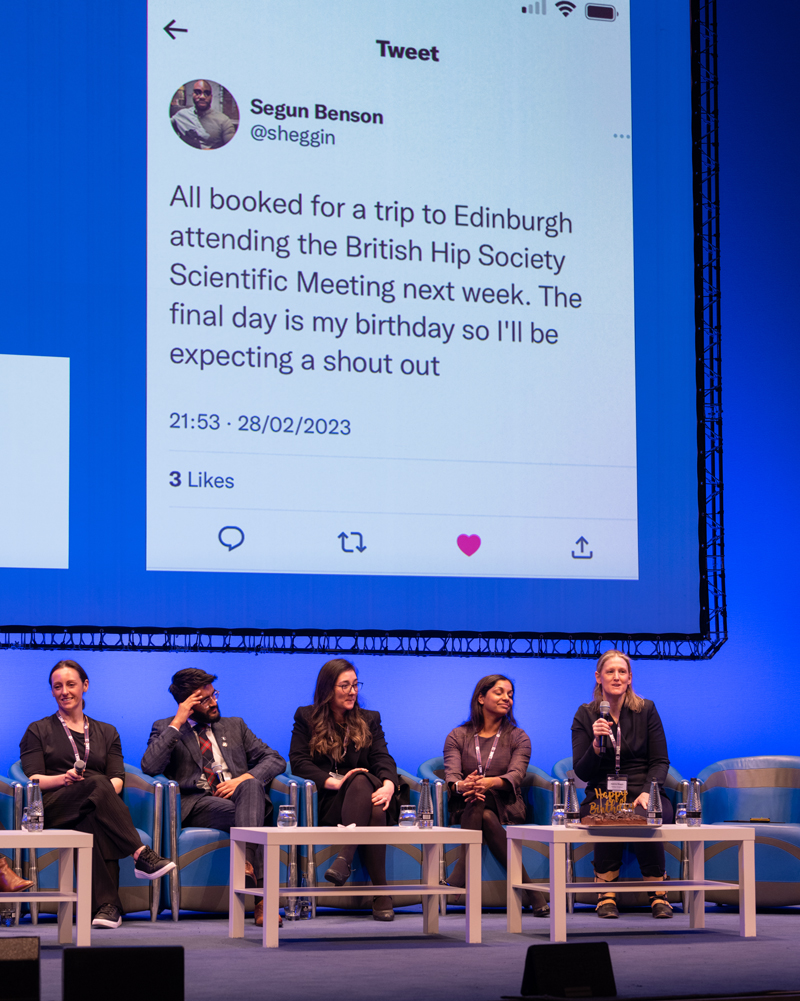
A team effort
“The EICC’s operational team has a great eye for detail and on several occasions knew (before I did) what to look out for and ways in which to make the delegate experience better,” says Jai. “There was never a ‘no’ and always a welcoming and friendly approach when we faced any unexpected challenges.
Everyone’s efforts have proved worthwhile with brilliant feedback from both the client and the delegates. “We’ve been hearing all the words we wanted to hear,’ says Jai, “‘Engaging’, ‘diverse’, ‘social’; many who attended have even said it was “the best ever BHS meeting”. It doesn’t get much better than that!”.
